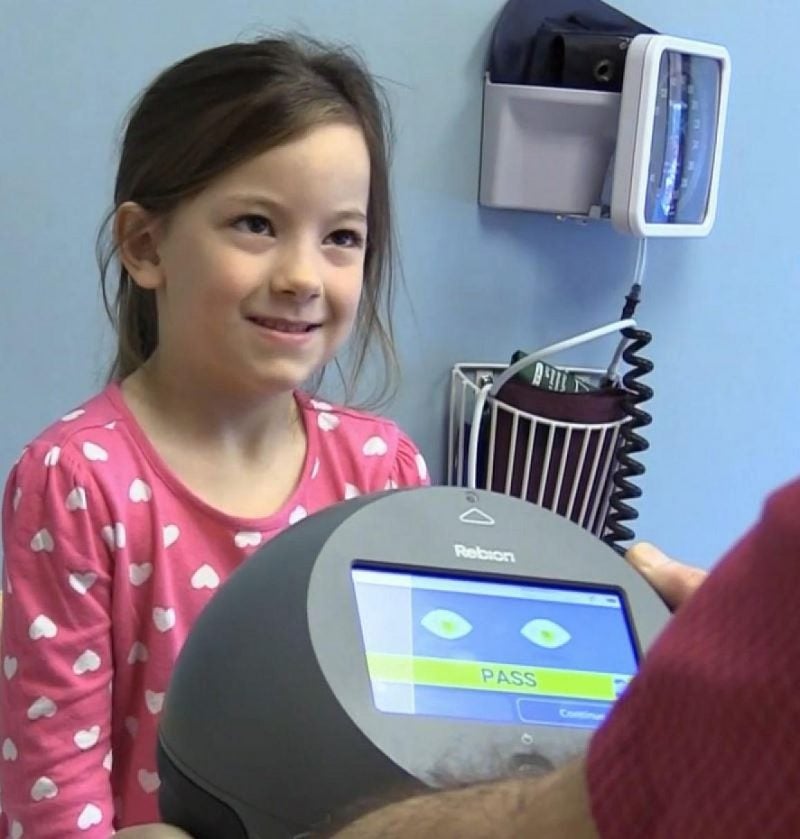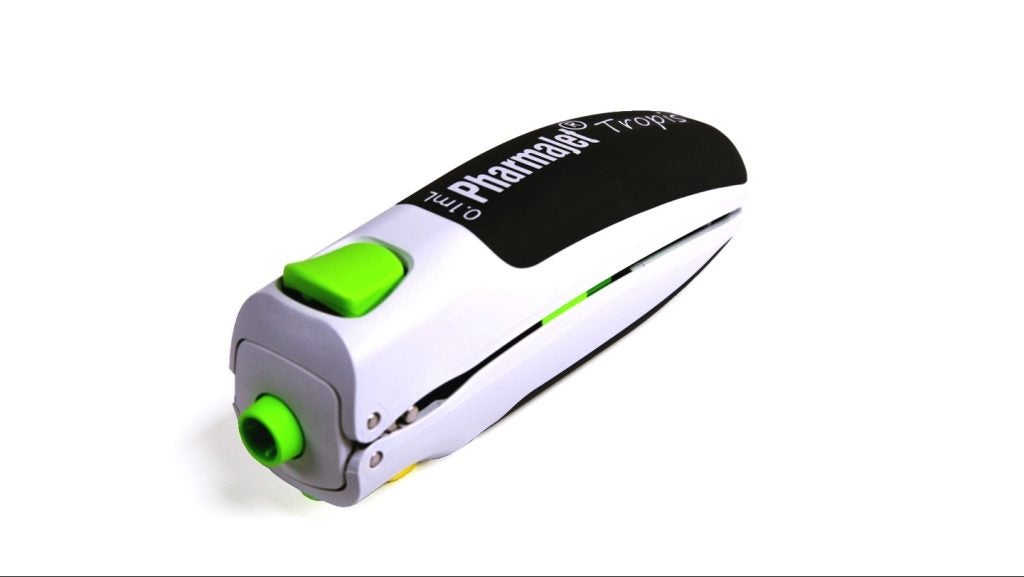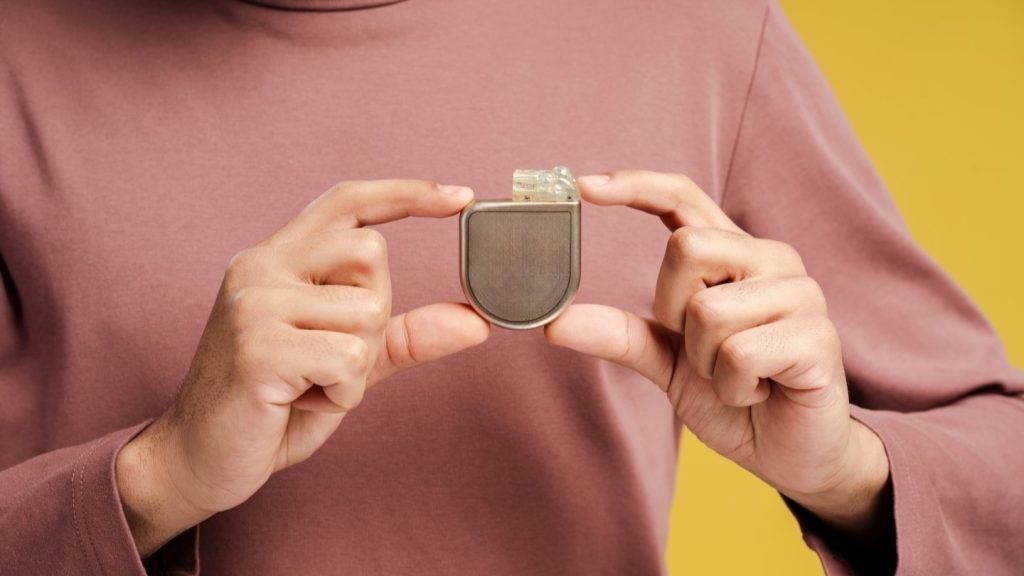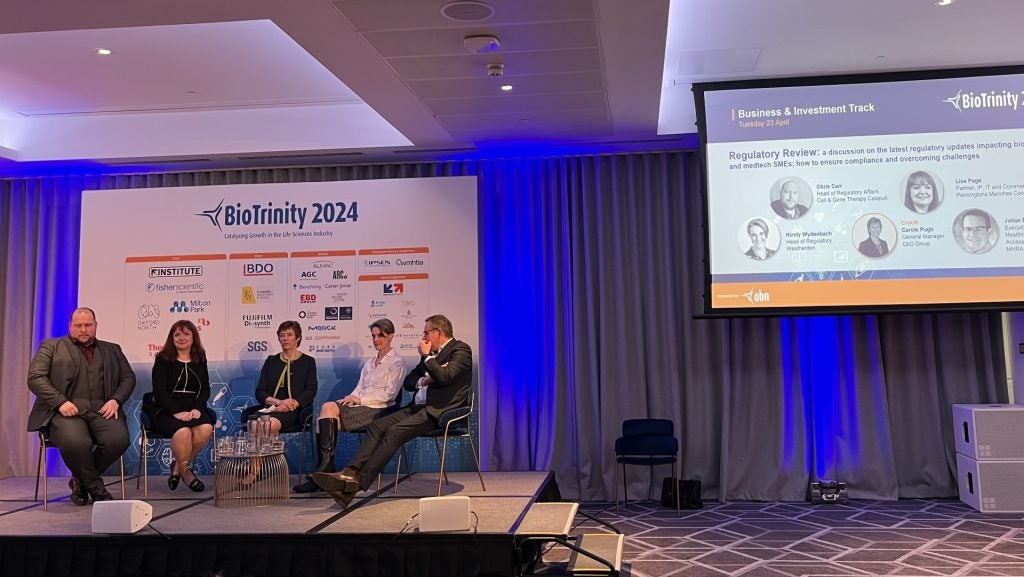
The National Institutes of Health (NIH) in the US has reported that a handheld screening device was shown to precisely identify subtle misalignment of the eyes to detect children with amblyopia (lazy eye) in a study.
Amblyopia is impaired vision in one eye and a major cause of preventable single eye or monocular vision loss.
The NIH-funded study analysed 300 children aged two to six years without any known eye disorders during their scheduled visits to two Kaiser Permanente Southern California paediatric clinics.
The paediatric vision screener assessed in the study is a prototype of blinq, a device approved by the US Food and Drug Administration (FDA) in 2016.
It works by analysing the ability of the eyes to fixate together.
How well do you really know your competitors?
Access the most comprehensive Company Profiles on the market, powered by GlobalData. Save hours of research. Gain competitive edge.

Thank you!
Your download email will arrive shortly
Not ready to buy yet? Download a free sample
We are confident about the unique quality of our Company Profiles. However, we want you to make the most beneficial decision for your business, so we offer a free sample that you can download by submitting the below form
By GlobalDataPositioned 14in away from the eyes, the child focuses on a smiley face while the device concurrently scans both retinas.
The scan uses a polarised laser to assess nerve fibres in an area of the light-sensing retina called the fovea, which is vital for central vision.
NIH noted that a minor foveas misalignment called small-angle strabismus can impact the ability of the brain to integrate images from both eyes.
Furthermore, the device computes a binocularity score that signifies whether or not the child needs a referral to an ophthalmologist for additional assessment.
The results obtained from each child screened with the device were compared to those from an eye examination conducted by a paediatric ophthalmologist.
According to the study findings, the device identified all six cases of amblyopia and/or strabismus, which were confirmed by the professional eye test. This data indicates a 100% sensitivity of the device.
The device also highlighted another 45 children potentially having amblyopia and/or strabismus who were later found to be normal, thereby indicating a specificity of 85%.
In addition, the test only needs 2.5 seconds of a child’s attention.
NIH unit National Eye Institute director Michael Chiang said: “The findings suggest that paediatricians and other primary care providers could use the device to catch amblyopia at an early age when it’s easier to treat.”
A main limitation of the study was that the device was assessed against presently available photo-screening devices.







